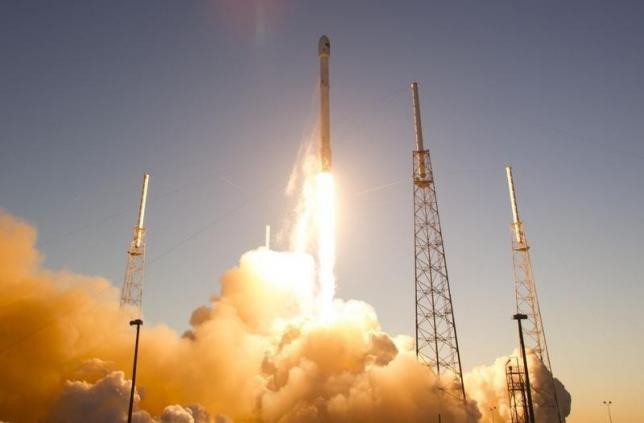SpaceX successfully launched and then historically landed its Falcon 9 orbital rocket at Florida's Cape Canaveral Air Force Station on December 21, Monday. The rocket booster's landing was the first of many Elon Musk's company has planned for the future, including at least a dozen scheduled for next year. The recovered booster can be reused, highlighting the idea of rockets functioning more like aircraft.
The Falcon rocket's mission was to deliver 11 commercial satellites around Earth's orbit. It then touched down upright and in one piece.
SpaceX and Tesla CEO Elon Musk explained that his company will produce an entire fleet of booster rockets. Between the different missions the only maintenance they require is their propellant tanks being refilled.
Other companies have been developing similar rockets. That includes Blue Origin founded by Amazon CEO Jeff Bezos, which last month successfully landed New Shepherd's smaller booster, according to FloridaToday.
However, the main difference between SpaceX's and Blue Origin's recent successful flights is that New Shepherd did not technically orbit the Earth. This makes Musk's technology better in that area.
The two CEOs are taking different approaches in their rocket development. Musk hopes to send humans to Mars in a decade or two, while Bezos is focusing on the suborbital tourist market, according to CNN.
Many questions must be answered until multi-use rockets become a game-changer in the industry. They include the cost and time required to prepare the rockets for their next flight, and how often they will be flown.
Henry Hertzfeld is research professor of space policy and international affairs at George Washington University. He shared that the space shuttle was the closest to functioning more like an airplane. However, it had to be rebuilt each time it landed.
Here's the landing of the Falcon 9 rocket:



























